Rubble And Renaissance: Recovery And Regrowth Following Asteroid Impacts

Introduction
Asteroids are fascinating celestial objects, with the potential to impact Earth and cause significant destruction. However, the aftermath of an asteroid impact can also bring about incredible opportunities for recovery and regrowth. In this article, we will explore the recovery and regrowth following asteroid impacts, and how these events have shaped our planet's history and evolution.
The Formation of Rubble Piles
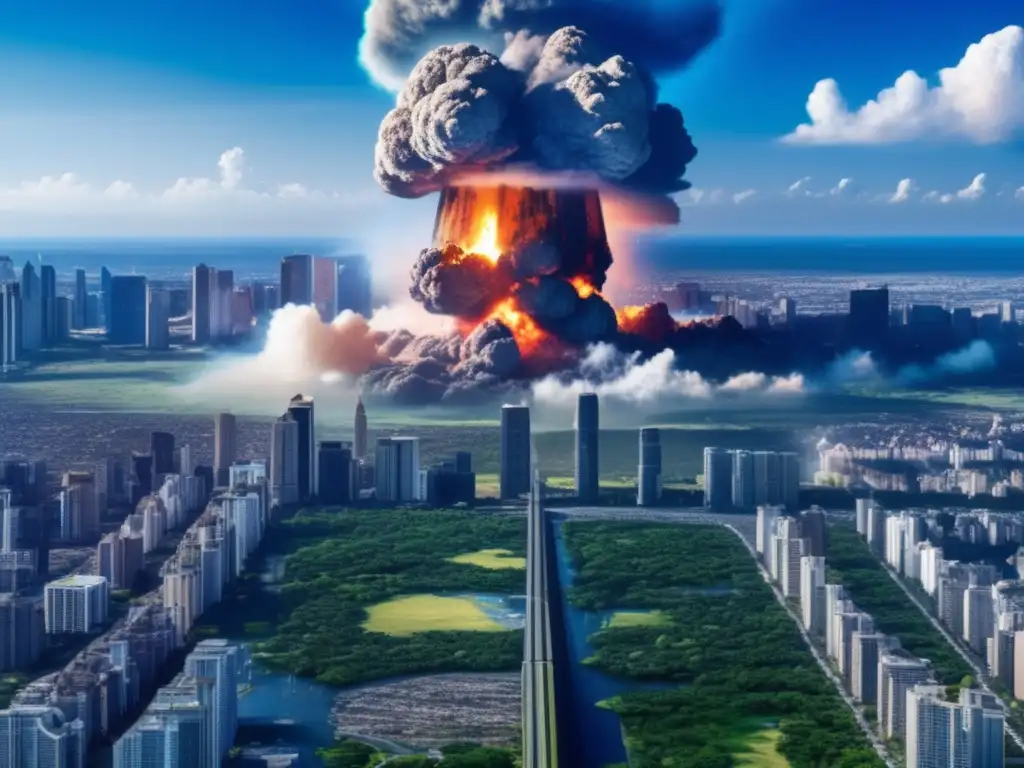
Introduction
Asteroids can have various shapes and sizes. While some are spherical, others are irregularly shaped and resemble rubble piles. These piles are formed by a process known as "rubble pile accretion," where small rocks and debris come together to form a larger object. This process results in asteroids that are not as dense as solid rock and are more susceptible to fragmentation during a collision.
Impact Fragmentation
When an asteroid collides with another object, it can break apart into smaller fragments. The size and speed of the impact can determine the extent of fragmentation, with larger and faster impacts resulting in more significant fragmentation. The resulting debris from the impact can spread out across the surrounding area, causing widespread damage.
Regolith Layer Formation
The debris and fragments left behind after an asteroid impact can form a layer of material on the surface of the impacted area, known as regolith. This layer can consist of a variety of materials, including small rocks, dust, and other debris. Over time, this layer can become compacted and integrated into the surrounding landscape, contributing to the regrowth of the area.
Opportunities for Regrowth

Biodiversity Growth
After an asteroid impact, the regolith layer can provide a fertile environment for plant growth and biodiversity. In areas where there was previously little to no vegetation, the regolith layer can introduce new nutrients into the soil, allowing for the growth of new plant species. This can lead to an increase in biodiversity and a more robust ecosystem.
Mineral Exploration
The regolith layer left behind by an asteroid impact can also contain valuable minerals and resources. As the regolith layer becomes integrated into the surrounding landscape, these resources become more accessible to mining and exploration. The extraction of these resources can contribute to economic growth and development in the impacted area.
New Landscapes
Asteroid impacts can significantly alter the landscape of the impacted area, creating new geological features and landforms. These new landscapes can become sites of interest for research and tourism, contributing to local economies. Additionally, the creation of new landscapes can spark artistic and cultural movements, as people are inspired by the unique and unusual features of the impacted area.
Recovery and Regrowth Case Studies
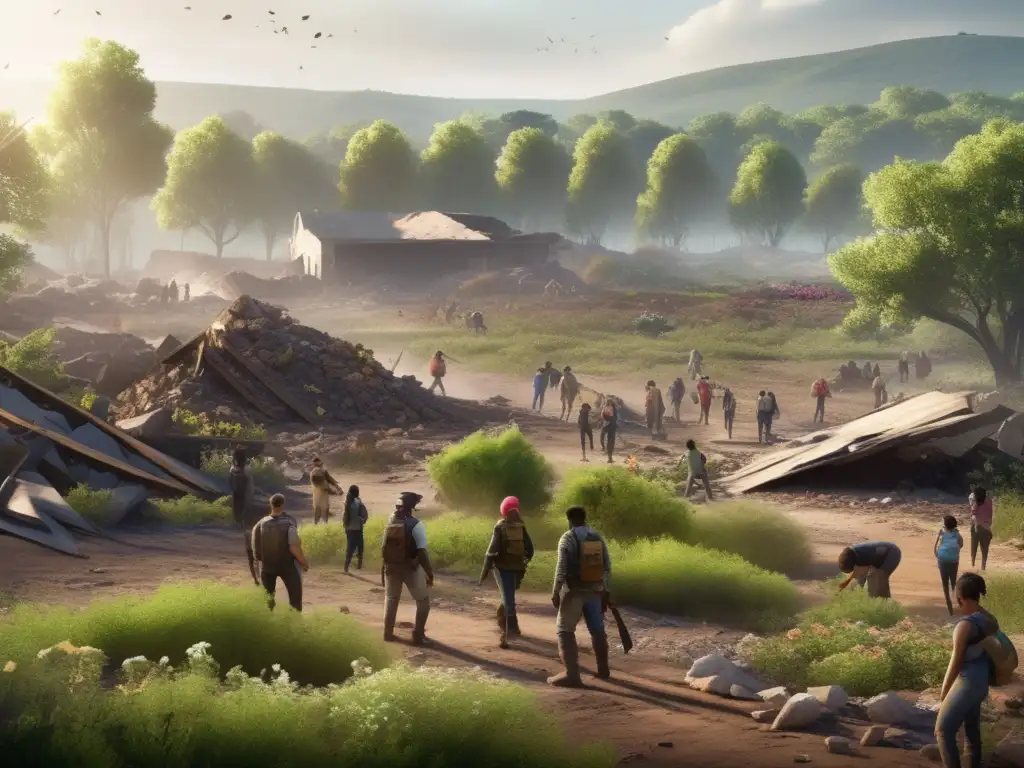
Chicxulub Impact
The Chicxulub impact occurred approximately 66 million years ago and is thought to have played a significant role in the extinction of the dinosaurs. However, following the impact, the resulting regolith layer and new landscapes contributed to the evolution of new species, including mammals and birds. The Chicxulub crater is now a site of scientific research and tourism, with visitors coming from around the world to explore the unique geological features of the area.
Arizona Impact
The Barringer Crater in Arizona is one of the best-preserved impact craters on Earth and is thought to have been created approximately 50,000 years ago. The regolith layer left behind by the impact has contributed to the growth of unique plant species in the area, including the barringer cactus. Additionally, due to its unique geological features, the area has become a popular site for research, tourism, and even Hollywood film productions.
Sudbury Impact
The Sudbury Impact occurred approximately 1.85 billion years ago and is the second-largest known impact event on Earth. The impact resulted in the creation of the Sudbury Basin, which is now one of the world's leading sources of nickel, copper, and other valuable minerals. Additionally, the regolith layer left behind by the impact has contributed to the growth of unique plant species in the area, making it a popular site for ecological research.
Frequently Asked Questions
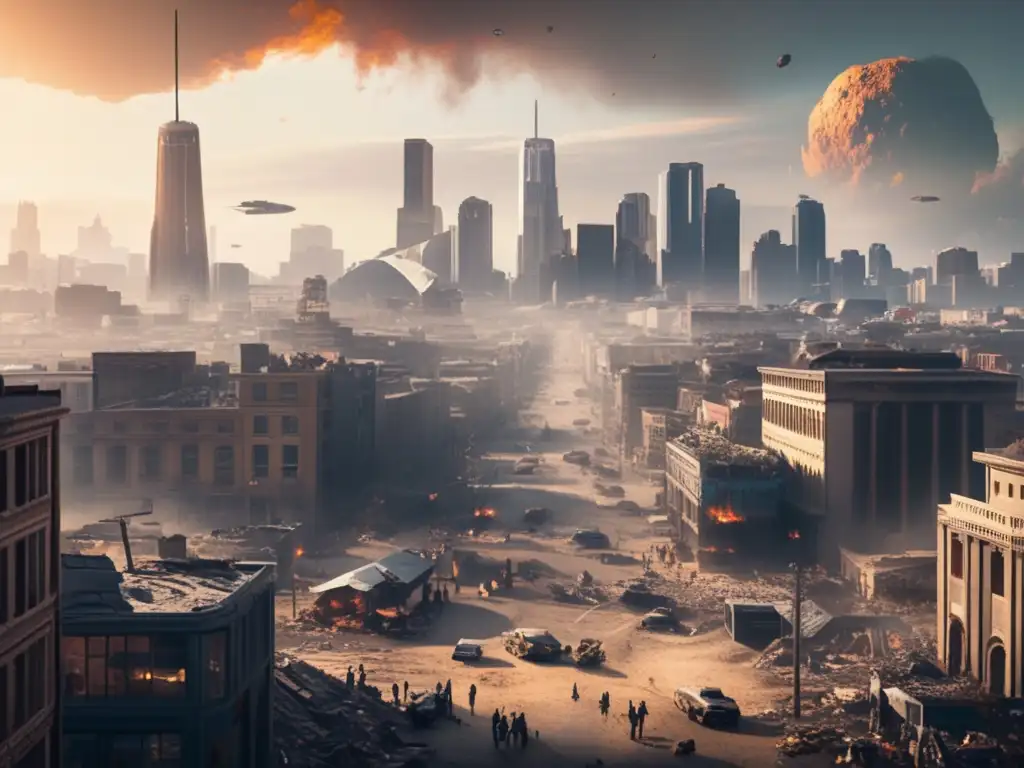
-
Can asteroid impacts have positive effects?
Yes, while asteroid impacts can be destructive, they can also create opportunities for recovery and regrowth. The regolith layer left behind by an asteroid impact can provide a fertile environment for plant growth, contribute to the evolution of new species, and contain valuable minerals and resources.
-
What are some examples of asteroid impact recovery and regrowth?
The Chicxulub, Barringer Crater, and Sudbury Impact are all examples of asteroid impacts that have contributed to recovery and regrowth in the impacted area.
-
Can asteroid impacts create new landscapes?
Yes, asteroid impacts can alter the landscape of the impacted area, creating new geological features and landforms. These new landscapes can become sites of interest for research and tourism, as well as spark artistic and cultural movements.
-
How can asteroid impact recovery and regrowth contribute to economic growth?
The extraction of valuable minerals and resources from the regolith layer left behind by an asteroid impact can contribute to economic growth and development in the impacted area. Additionally, the creation of new landscapes can become popular sites for research and tourism, contributing to local economies.
-
Are there any potential drawbacks to asteroid impact recovery and regrowth?
While recovery and regrowth following an asteroid impact can have numerous benefits, it is essential to acknowledge the potential risks and challenges associated with these events. These can include ecological disruptions, displacement of indigenous communities, and exploitation of natural resources to name a few.
Conclusion
Asteroid impacts have played a significant role in shaping our planet's history and evolution. While they have the potential to cause destruction, they also create opportunities for recovery and regrowth. The regolith layer left behind by an asteroid impact can provide a fertile environment for plant growth, contribute to the evolution of new species, and contain valuable minerals and resources. Additionally, the creation of new landscapes can become sites of interest for research and tourism. It is essential to acknowledge the potential risks and challenges associated with asteroid impacts, but also to recognize the potential for recovery and regrowth.
Thank you for reading this article on www.asteroidrealm.com. Please share your thoughts and feedback in the comments section below. If you enjoyed this content, consider subscribing to our website and sharing the article on social media to support our mission of educating and informing about asteroids.
Additional Resources

Here are some additional resources for those interested in delving deeper into asteroid impacts:
 The Specter Of Space: Living With The Threat Of Asteroid Strikes
The Specter Of Space: Living With The Threat Of Asteroid Strikes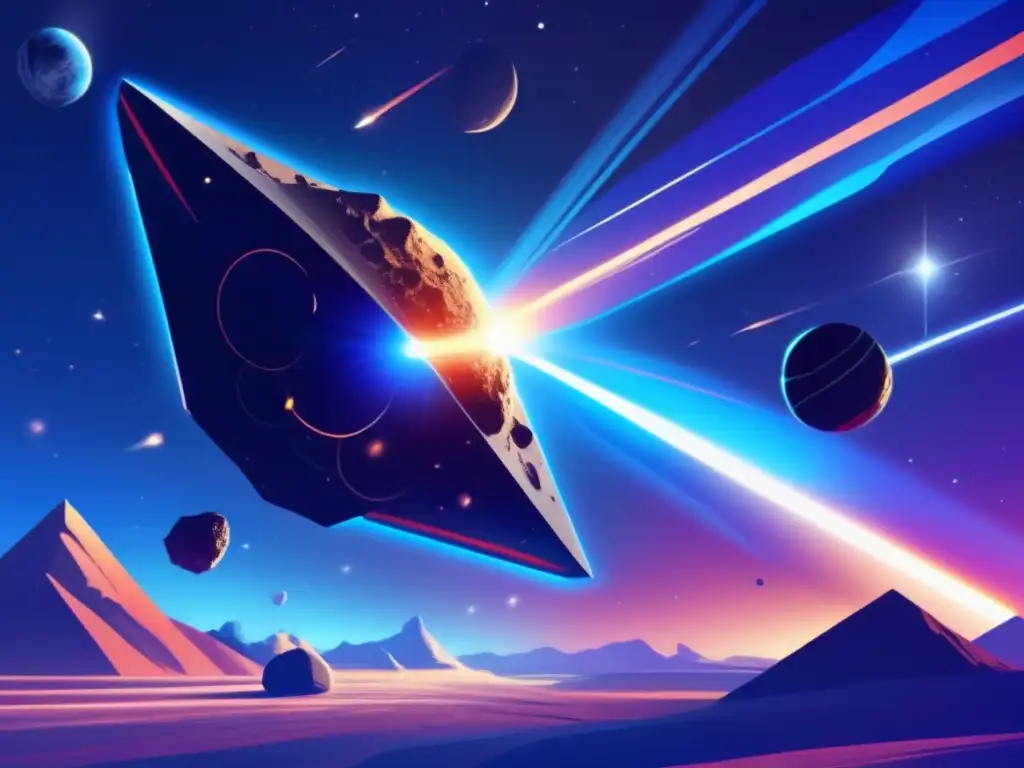 Journey To Impact: The Path Of An Asteroid Towards Earth
Journey To Impact: The Path Of An Asteroid Towards Earth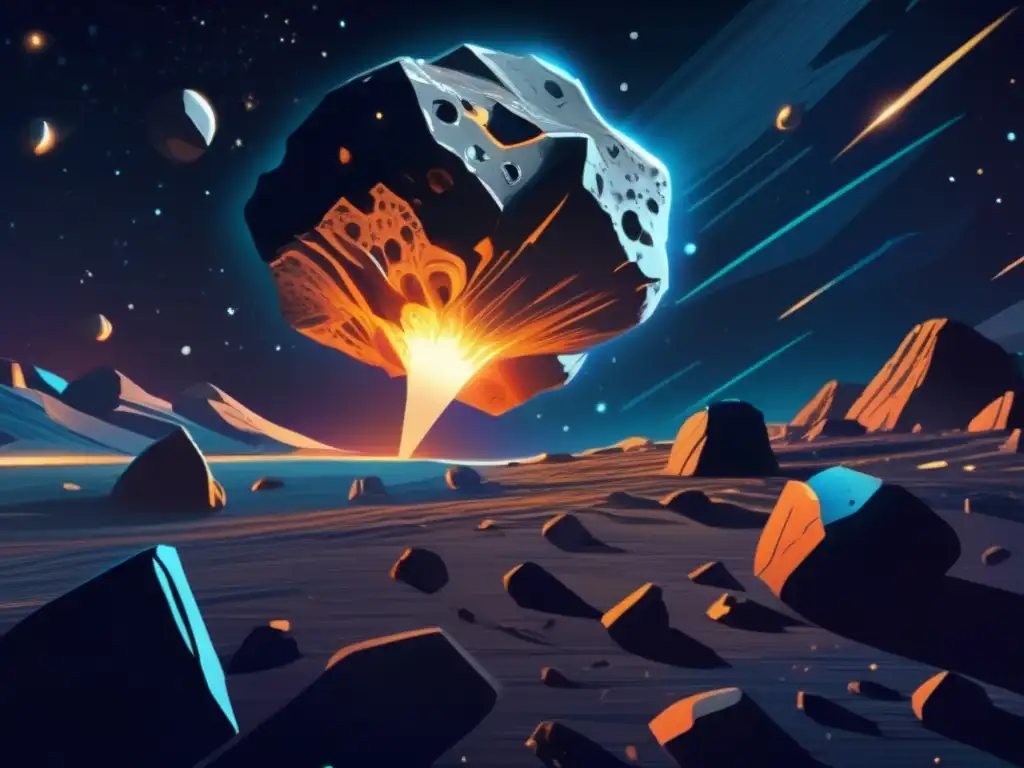 Stardust And Stone: Asteroid Composition And Its Impact Consequences
Stardust And Stone: Asteroid Composition And Its Impact ConsequencesIf you want to discover more articles similar to Rubble And Renaissance: Recovery And Regrowth Following Asteroid Impacts, you can visit the Asteroid Impacts category.
Leave a Reply

Articulos relacionados: